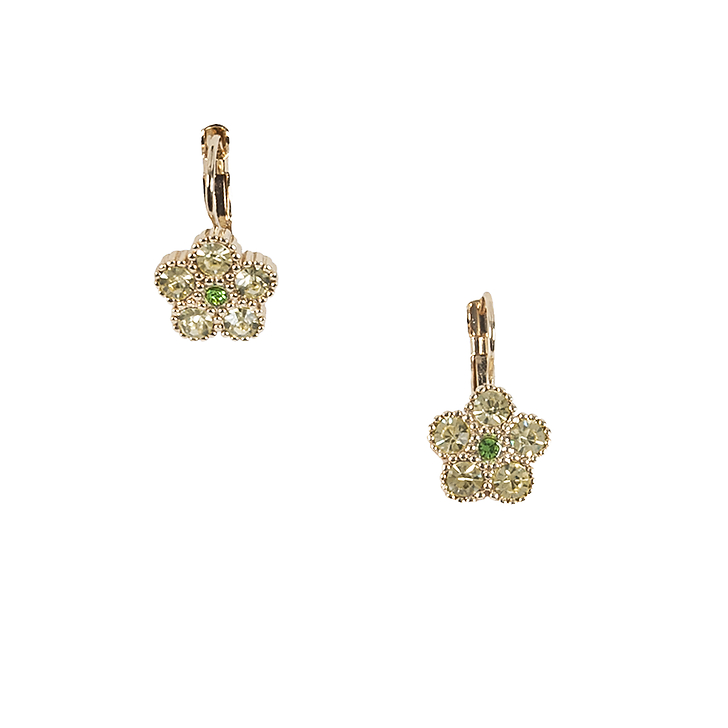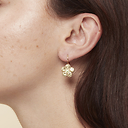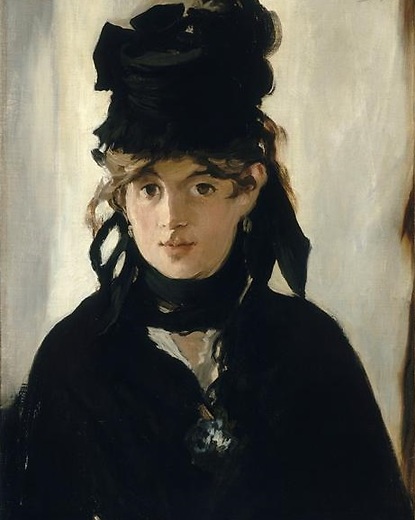Earrings with Swarovski rhinestones, inspired by Berthe Morisot's painting "Young woman in a ball dress" (1879).
No one can describe Berthe Morisot better than Paul Mantz, one of the first art critics to have noticed the artist : "Madame Morisot excels in mixing fine pale colours. She paints the portrait...
Read more
Earrings with Swarovski rhinestones, inspired by Berthe Morisot's painting "Young woman in a ball dress" (1879).
No one can describe Berthe Morisot better than Paul Mantz, one of the first art critics to have noticed the artist : "Madame Morisot excels in mixing fine pale colours. She paints the portrait of a woman wearing a low-cut dress, seated in a garden. The flesh is blond, the flowers, vague, add light touches of pinkish lilac to the greyish greens of the background; everything floats, nothing is sharply defined ; the tone itself is hesitant, undecisive, and there is a finesse reminiscent of Fragonard, giving the feeling of a dreamlike world, in which the colours have not yet assumed their accent and the indistinct tones do not know that they will later have an individuality and a status».
The name of the model is unknown.
Close





